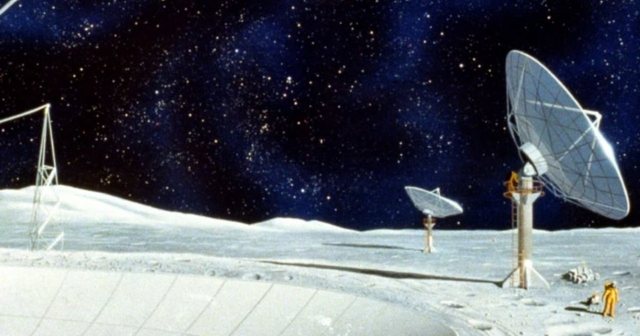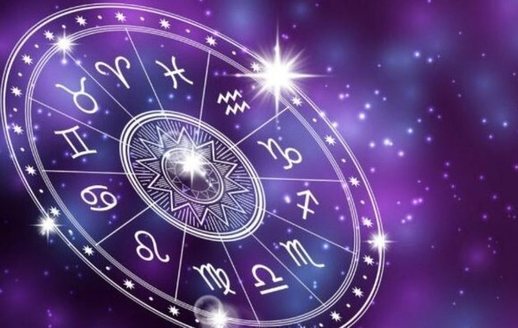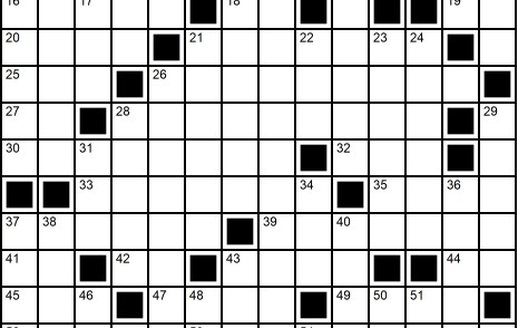
Giant radio telescope on the Moon? Everything you need to know about NASA's new project!


NASA scientists are planning to build a giant radio telescope on the far side of the Moon. According to LiveScience magazine, if the project is approved, it could be built by 2030 at a cost of more than $2 billion. Scientists want to build the radio telescope to help solve some of the universe's biggest mysteries.
Another reason is the increasing levels of radiation coming from large arrays of private satellites, which, according to scientists, will soon be a problem for radio astronomy from Earth.
The number of satellites orbiting Earth is rapidly increasing. This could create a number of problems, including more space debris, increased light pollution in the night sky, and the buildup of metal pollution in Earth's upper atmosphere from re-entering satellites. A lesser-known problem is that private satellites tend to emit radiation into space, which can interfere with radio telescopes on Earth trying to study distant objects, such as ancient galaxies, exoplanets, and supermassive black holes.
Radio astronomers warn that if the number of satellites around our planet reaches its maximum capacity, we could reach a tipping point beyond which radio astronomy will be extremely limited, even impossible at certain wavelengths. The radio telescope will be built entirely by robots and will consist of a giant network of cables suspended inside a crater on the far side of the Moon. This way there will be no interference from satellites, solar radiation, and the Earth's atmosphere.
The collision between our galaxy, the Milky Way, and its larger neighbor, the Andromeda galaxy, predicted to occur about 4.5 billion years from now, has been a common expectation of astronomers since 1912. But a new study suggests that the chance of this galactic collision, also called the “Milcomeda,” happening is smaller than previously thought. At first glance, it seems almost certain that these two galaxies, which are located about 2.5 million light-years apart, are on an inevitable collision course. The Milky Way and Andromeda are moving toward each other at a speed of about 360,000 km/h (100 km/s).
Happening now...

83 mandates are not immunity for Rama's friends
ideas
top
Alfa recipes
TRENDING 
services
- POLICE129
- STREET POLICE126
- AMBULANCE112
- FIREFIGHTER128




























